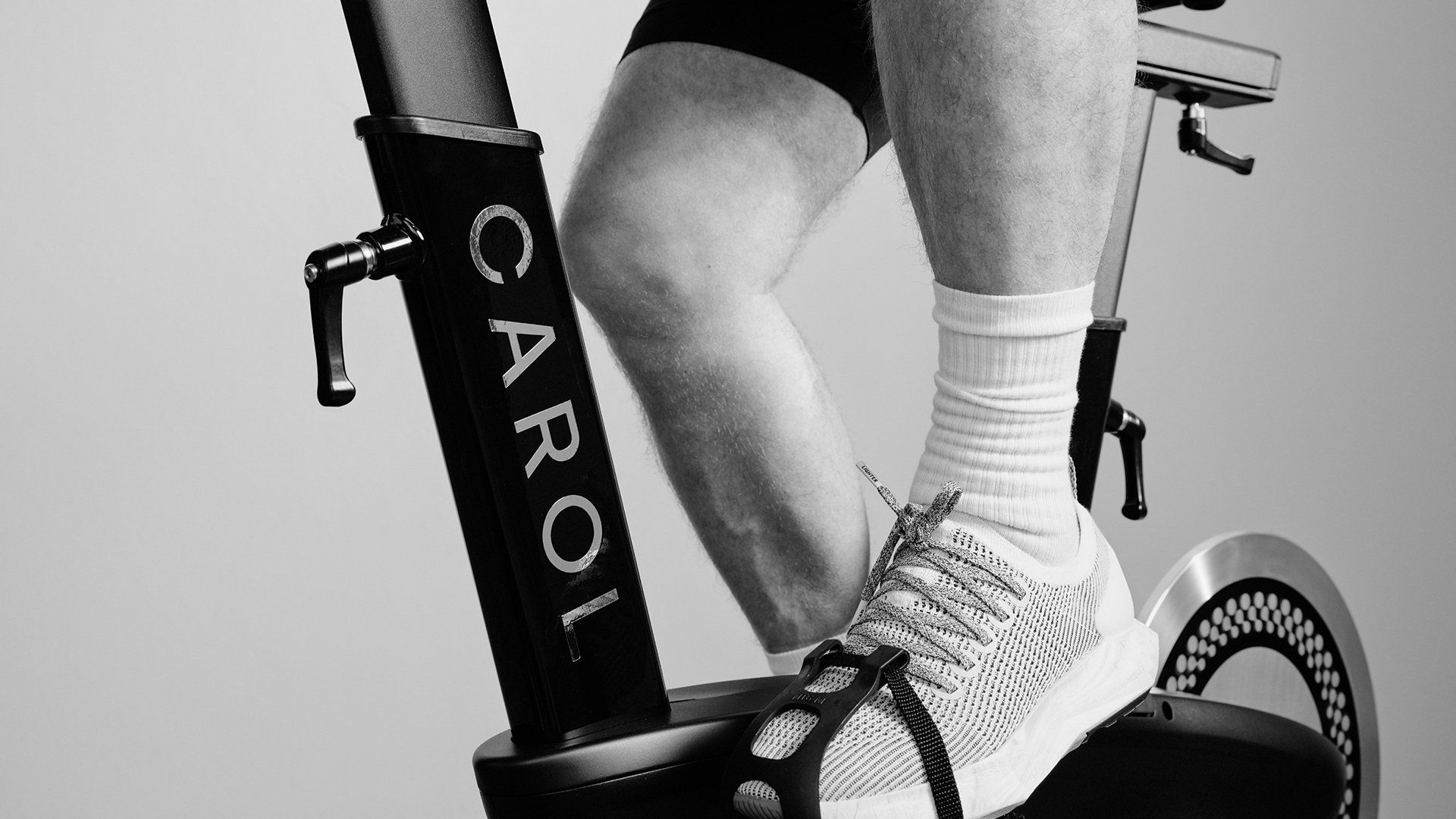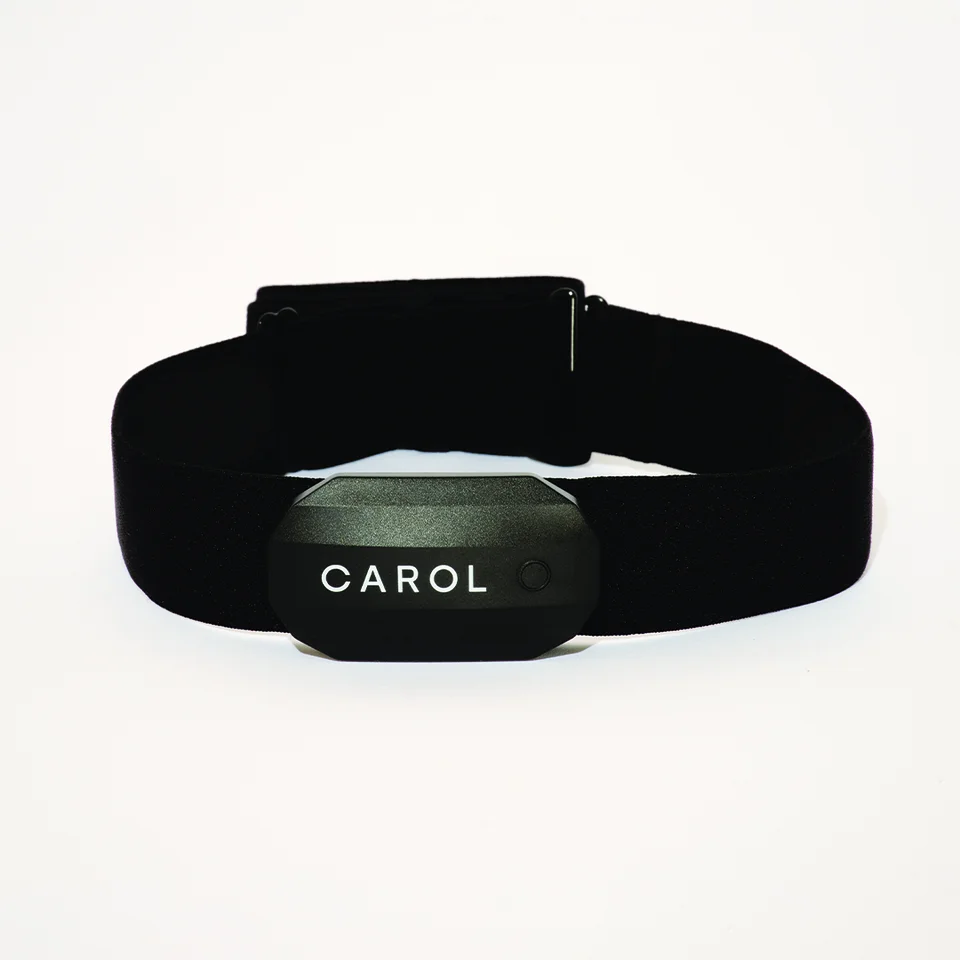What is muscle glycogen?
Muscular glycogen is a stored form of sugar found in skeletal muscle. It’s your body’s emergency energy reserve that you can utilize rapidly.
Muscle cells need adenosine triphosphate (ATP) as its energy source. ATP is essential for repeated muscle contraction, but there’s not a lot of it. When your ATP runs out after only 2-3 seconds during maximum-intensity exercise, your body can convert phosphocreatine to ATP for another 8-10 seconds. It is then forced to use muscular glycogen to create ATP.
What is muscle glycogen depletion?
AI-personalization and Instant Resistance help you to push to your limits during the sprints in CAROL Bike’s Reduced Exertion HIIT (REHIT) workouts. Just like in a ‘fight or flight” situation, your muscles are forced to mobilize about 25-30% of muscular glycogen—depleting your emergency energy reserves substantially.
This causes key signaling molecules to be released, telling your body to get fitter and stronger. It’s simple human evolution—responding to the ‘fight or flight’ stimulus.
What happens because of glycogen depletion?
CAROL workouts are centered on “supra-maximal” sprints—where your body works beyond its maximal aerobic capacity for very short durations. The real magic lies in the 2×20-second sprints in CAROL Bike’s signature REHIT workout. Research shows that this number and duration of sprints is enough to deplete glycogen stores to a level that triggers, and saturates, the signaling response pathway telling your body to get fitter and stronger (Vollaard et al.). More or longer sprints don’t have a greater effect.
CAROL Bike’s REHIT workout triggers 2 important metabolic events—which carry on while you recover:
1. Activation of signaling pathways: Glycogen depletion triggers the release of a glycogen-bound enzyme called AMPK. This switches on an important signaling cascade where PGC-1a triggers mitochondrial biogenesis.
2. Activation of transporter proteins: After CAROL Bike sprints, muscle glycogen stores need to be replenished. This means getting glucose from the bloodstream into the muscle cell, via a transporter protein known as GLUT-4—which stays active for up to 48 hours after exercise. This is beneficial for your blood sugar levels, too.
In short, you only need really short sprints to achieve sufficient glycogen depletion. Making CAROL Bike the quickest, most efficient way to improve your fitness.



